Boring
BoringClassification
| Shape | Series | Tooling Sheet | Feature |
|---|---|---|---|
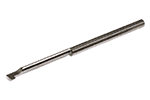
|
C |
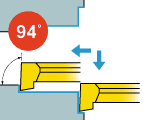
|
|
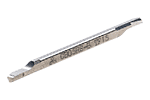
|
CB |
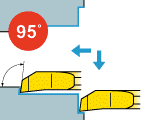
|
|

|
CR |
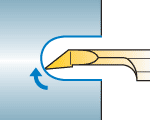
|
|

|
DCLN |

|
|

|
DDUN |

|
|

|
DPCL |

|
|

|
DPDH |

|
|

|
DPDU |

|
|

|
DPTF |

|
|

|
DPVP |

|
|

|
DSKN |

|
|

|
DTFN |

|
|

|
DVUN |

|
|

|
DWLN |

|
|

|
FCTU1 |

|
|

|
FCTU2_C |

|
|
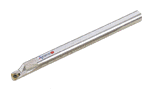
|
FSCLC_P |
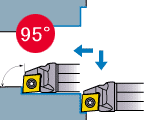
|
|

|
FSCLC_P_A |

|
|
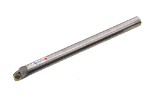
|
FSCLC_P_E |
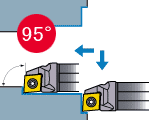
|
|

|
FSDQC |
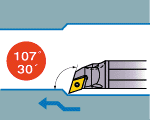
|
|

|
FSDQC_A |

|
|

|
FSDQC_E |
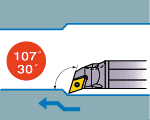
|
|
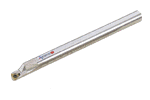
|
FSDUC |
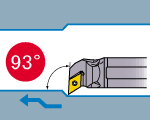
|
|

|
FSDUC_A |

|
|
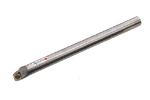
|
FSDUC_E |
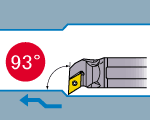
|
|

|
FSTU1 |

|
|

|
FSTU2_C |

|
|

|
FSTUP |
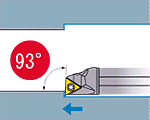
|
|

|
FSTUP_A |

|
|
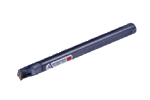
|
FSTUP_E |
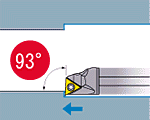
|
|

|
FSVJB_C |

|
|
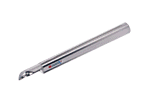
|
FSVPB_C |
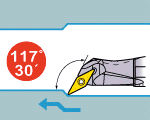
|
|

|
FSVPB_C_A |

|
|
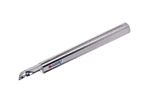
|
FSVUB_C |
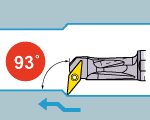
|
|

|
FSVUB_C_A |

|
|
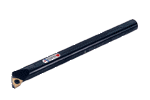
|
FSWL1 |
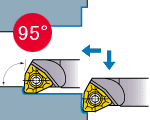
|
|
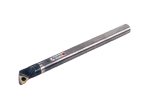
|
FSWL2_C |
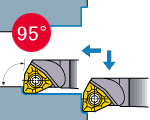
|
|
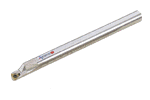
|
FSWUB_P |
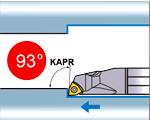
|
|

|
FSWUB_P_A |

|
|
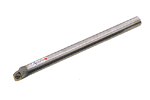
|
FSWUB_P_E |
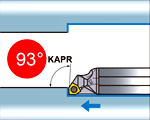
|
|

|
MWLN |

|
|

|
PCLN |

|
|

|
PDQN |

|
|

|
PDUN |

|
|

|
PDZN |

|
|

|
PSKN |

|
|

|
PTFN |

|
|

|
PWLN |

|
|
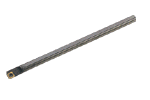
|
SCLC_C |
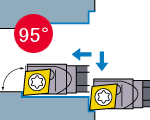
|
|

|
STFE |

|
|
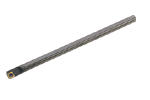
|
STUC_C |
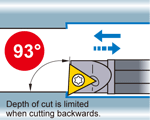
|
|

|
SWUB_C |
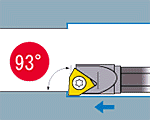
|
|

|
S_SCLC |

|
|

|
S_SCLC_C |

|
|

|
S_SCZC |

|
|

|
S_SDQC |

|
|

|
S_SDQC_C |

|
|

|
S_SDUC |

|
|

|
S_SDUC_C |

|
|

|
S_SSKC |

|
|

|
S_STFC |

|
|

|
S_STFC_C |

|
|

|
S_SVQC |

|
|

|
S_SVQC_C |

|
|

|
S_SVUC |

|
|
